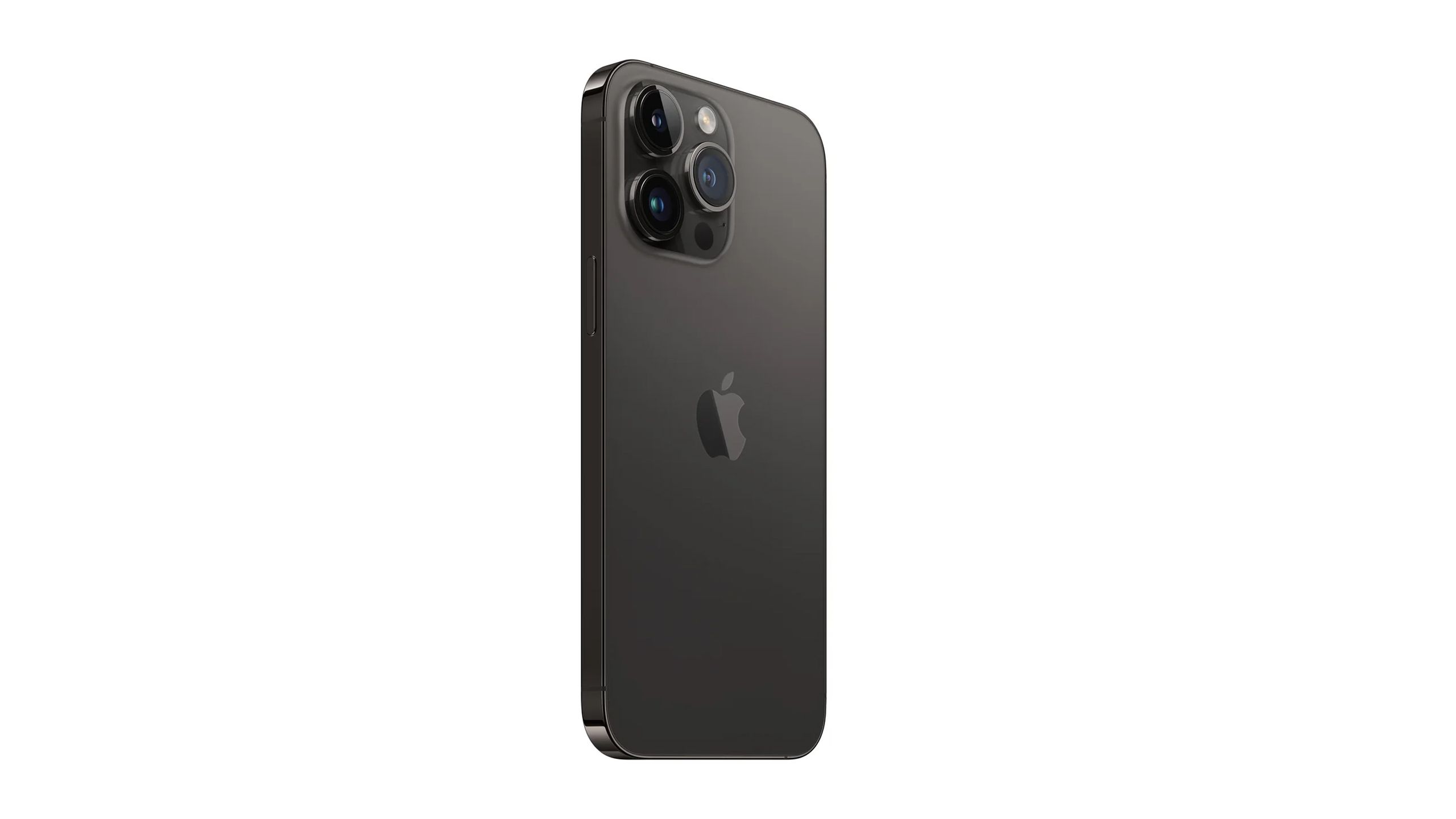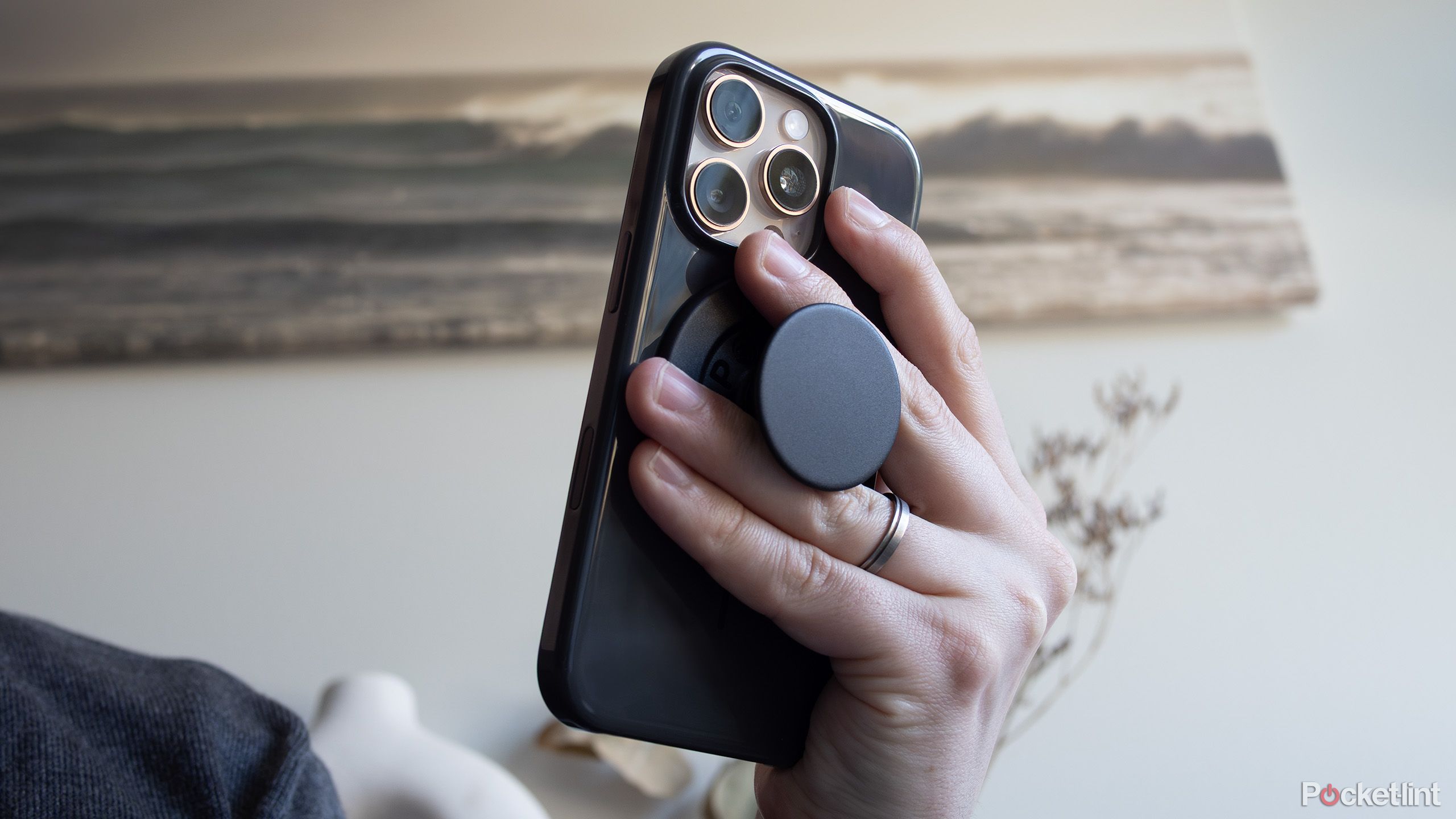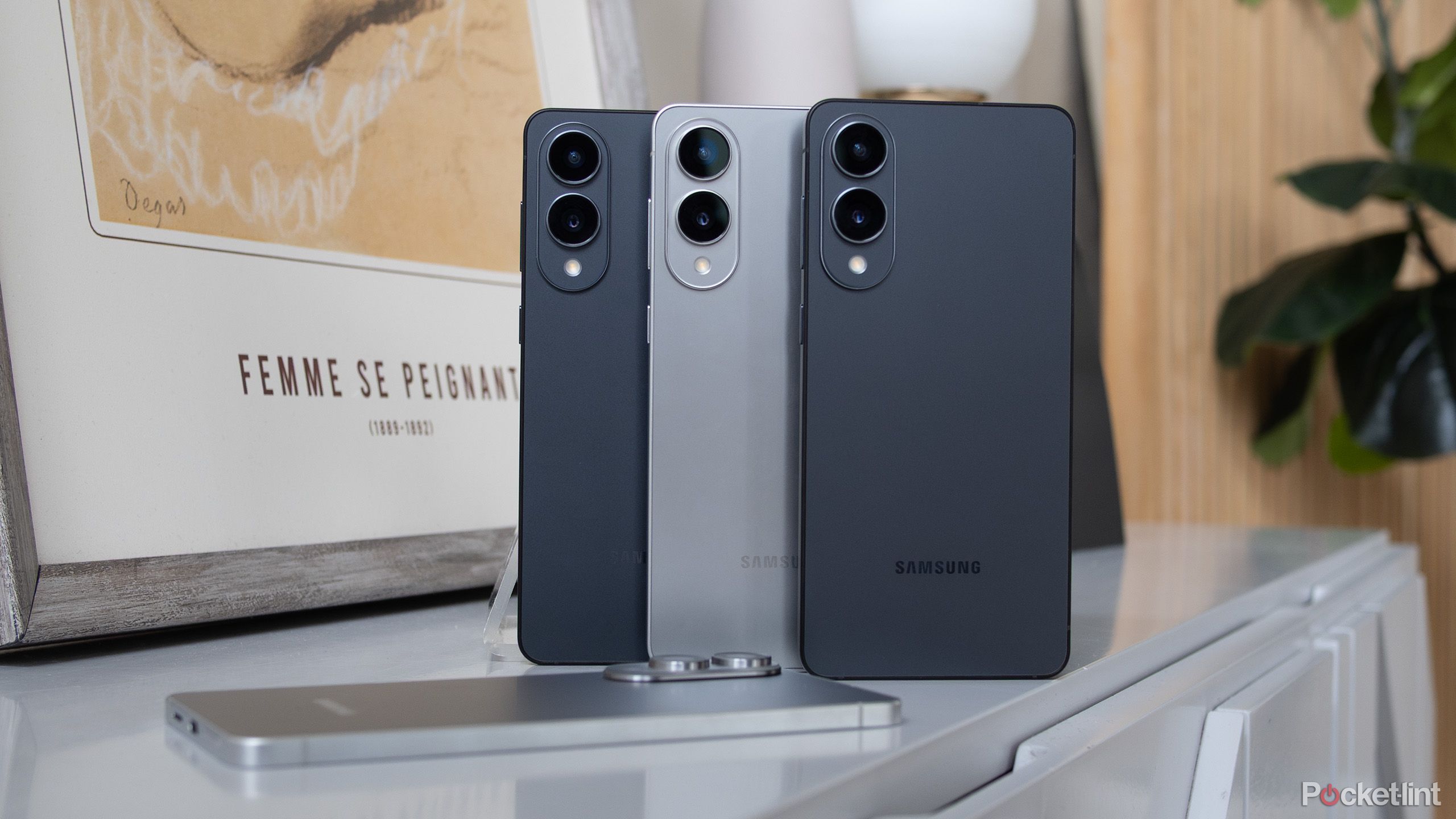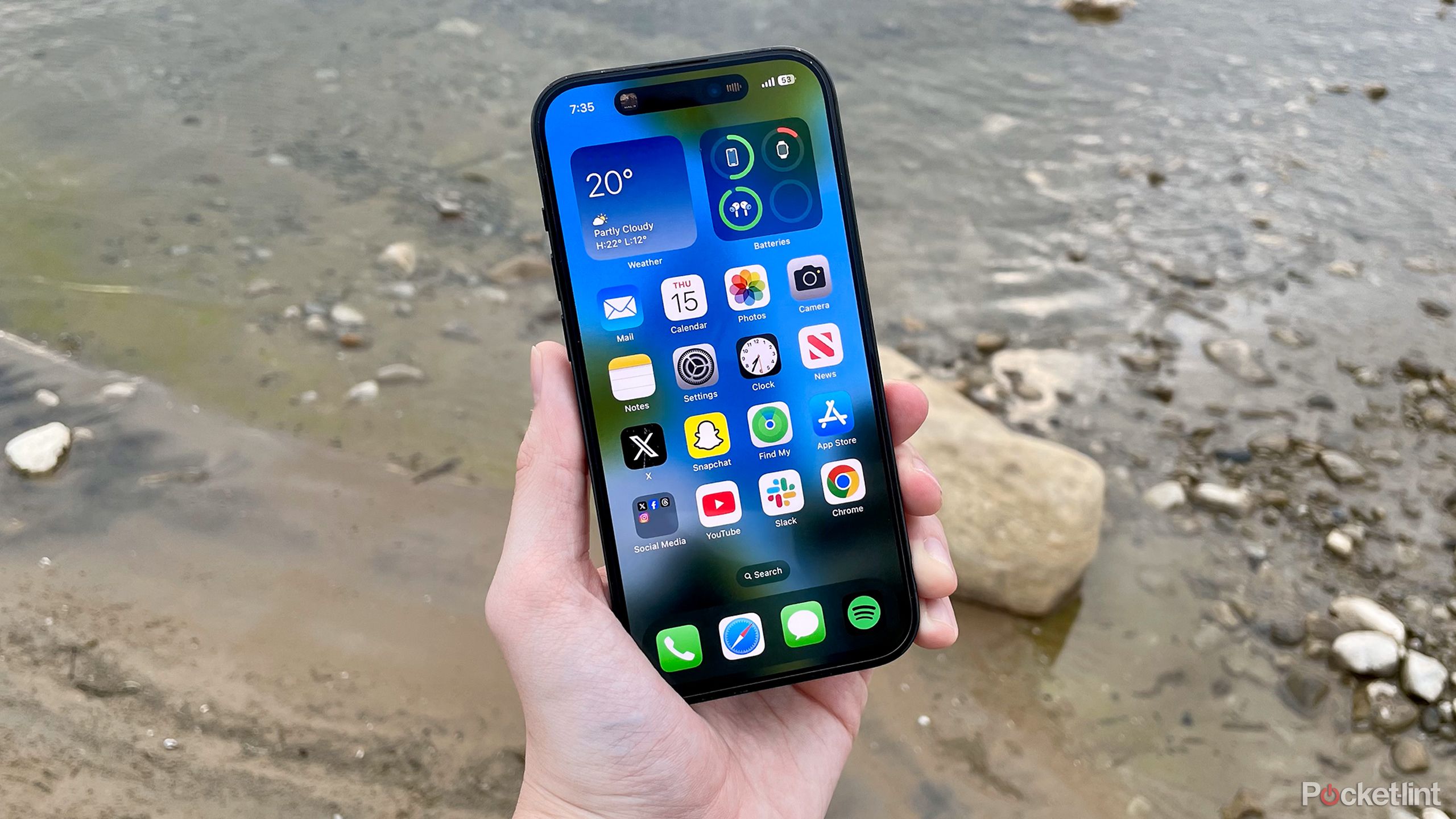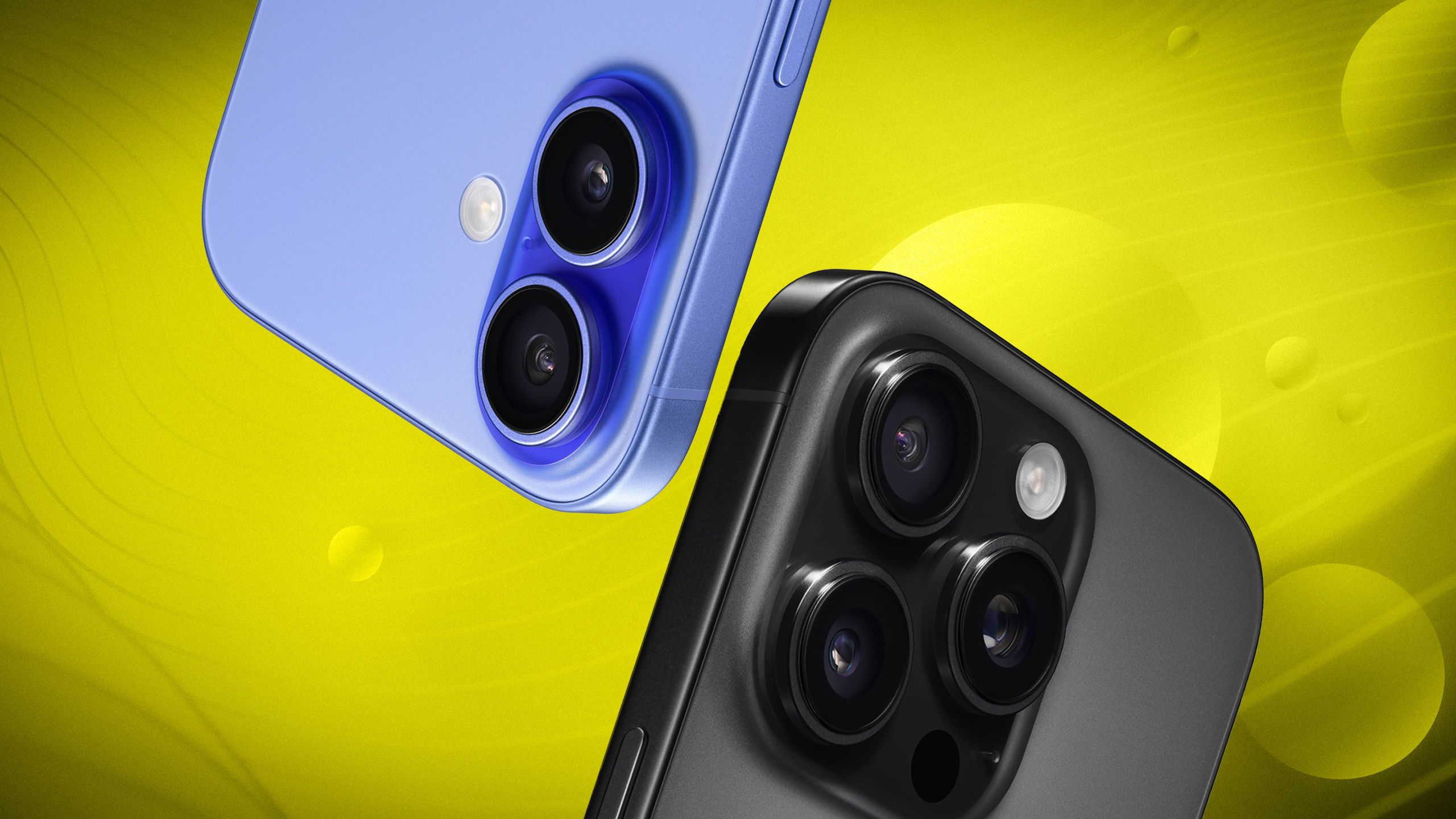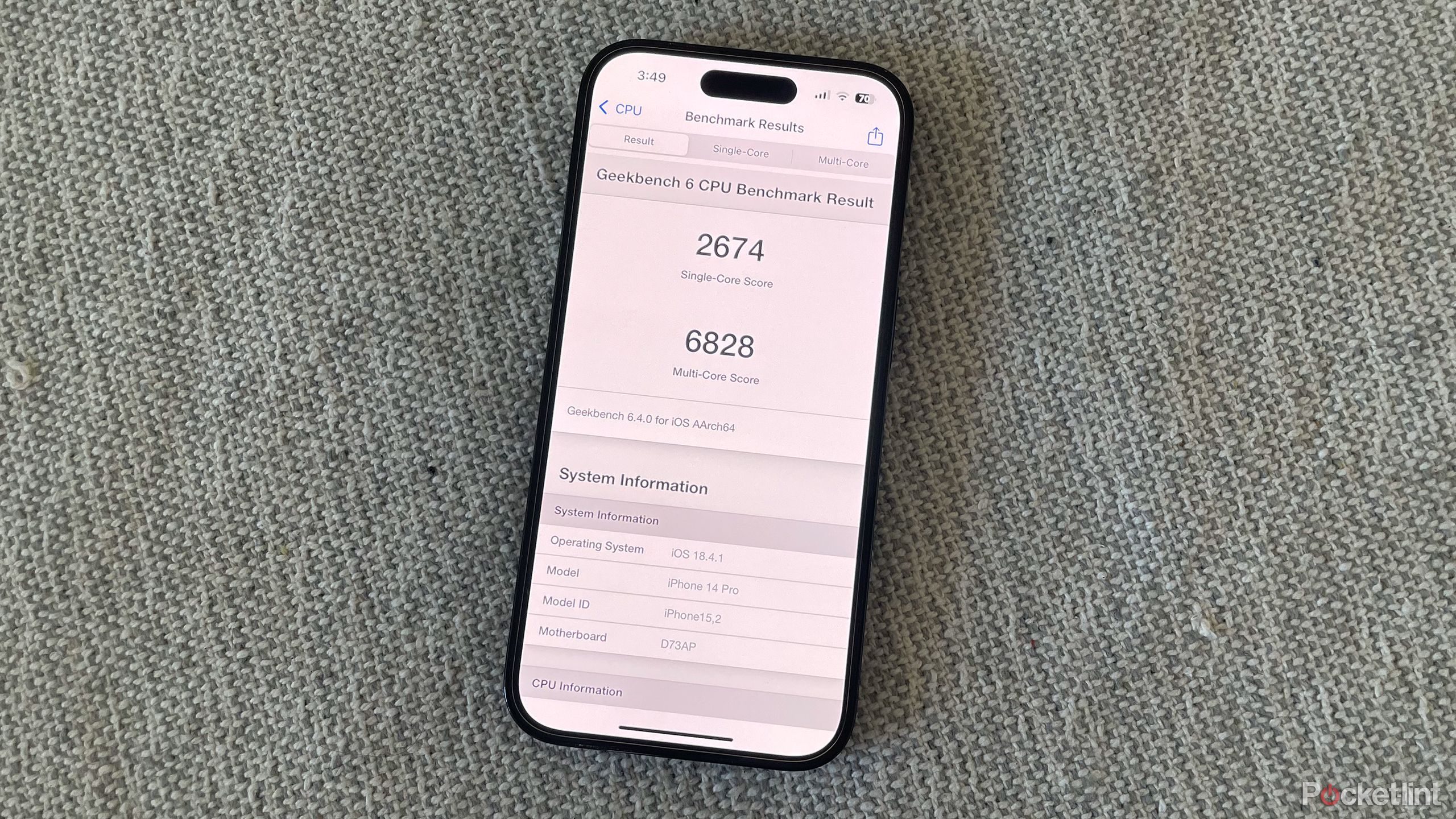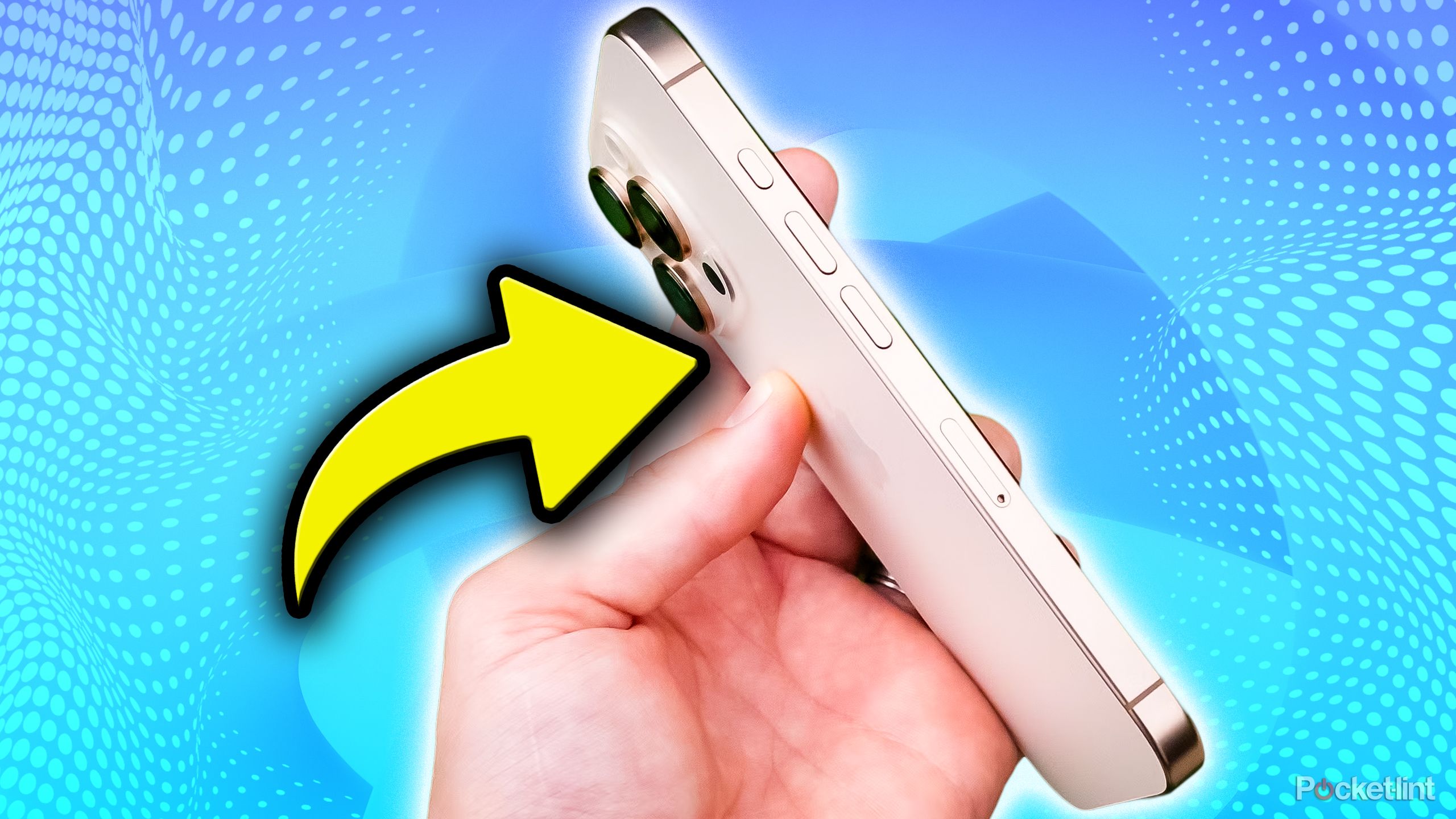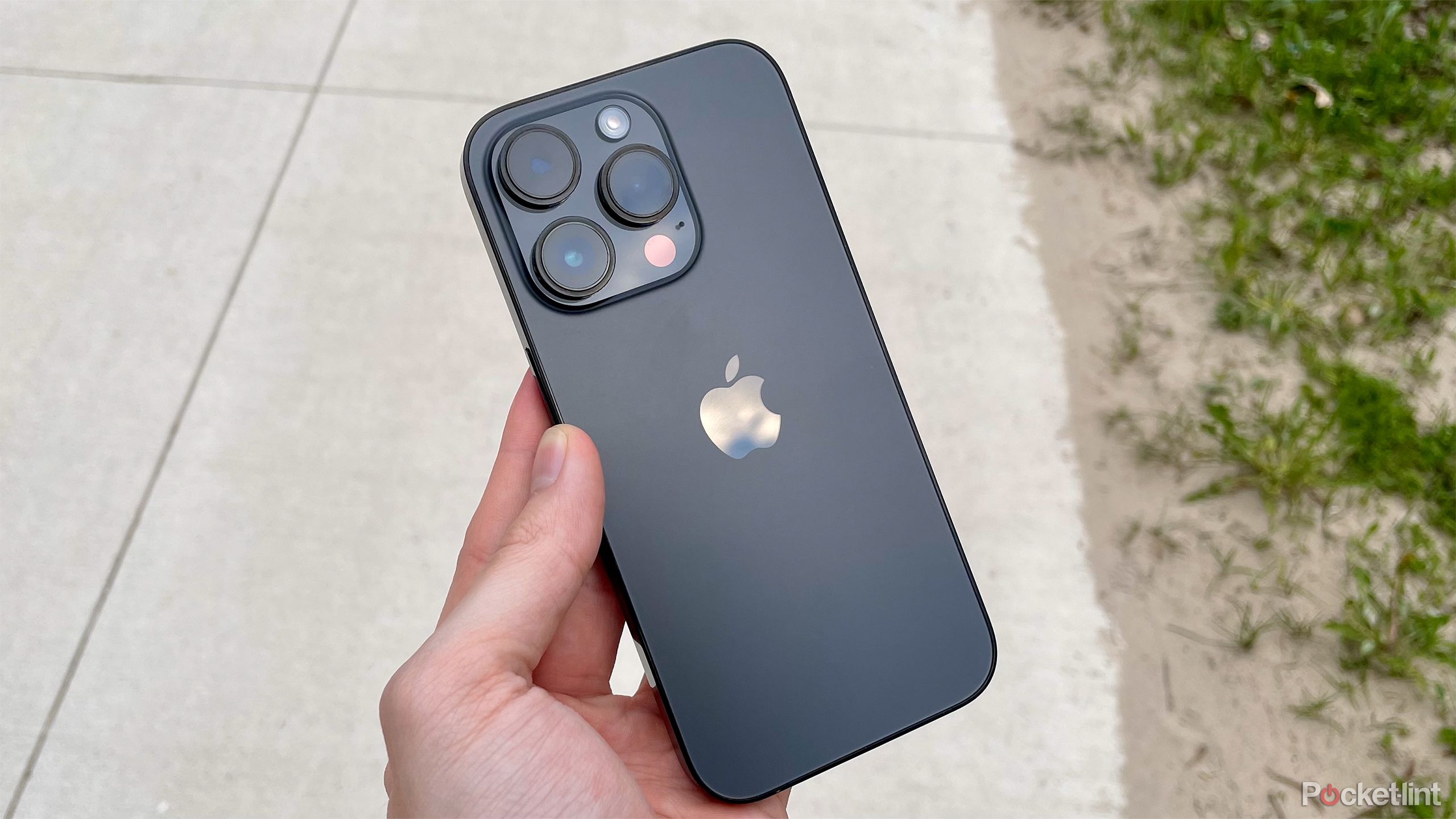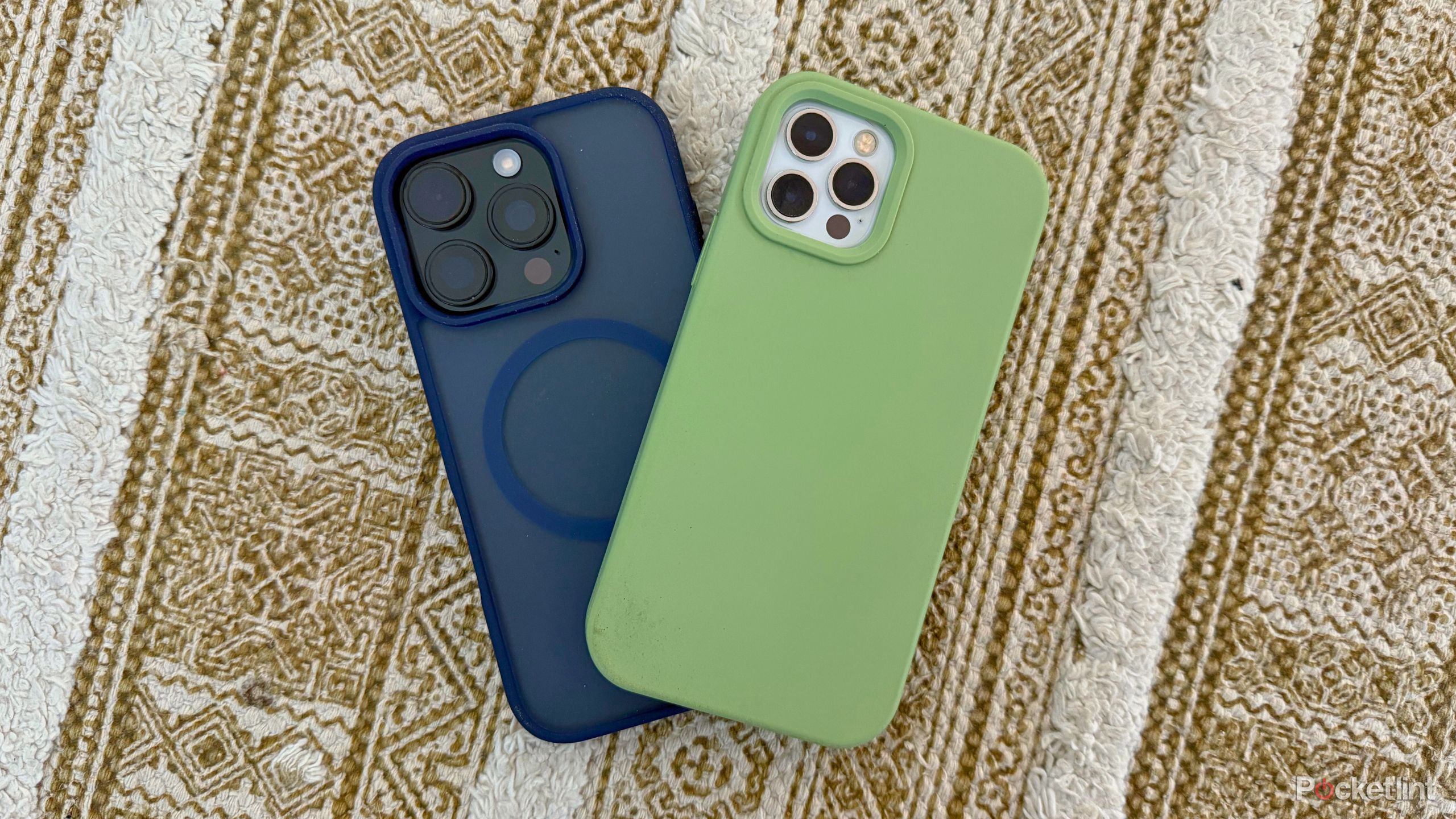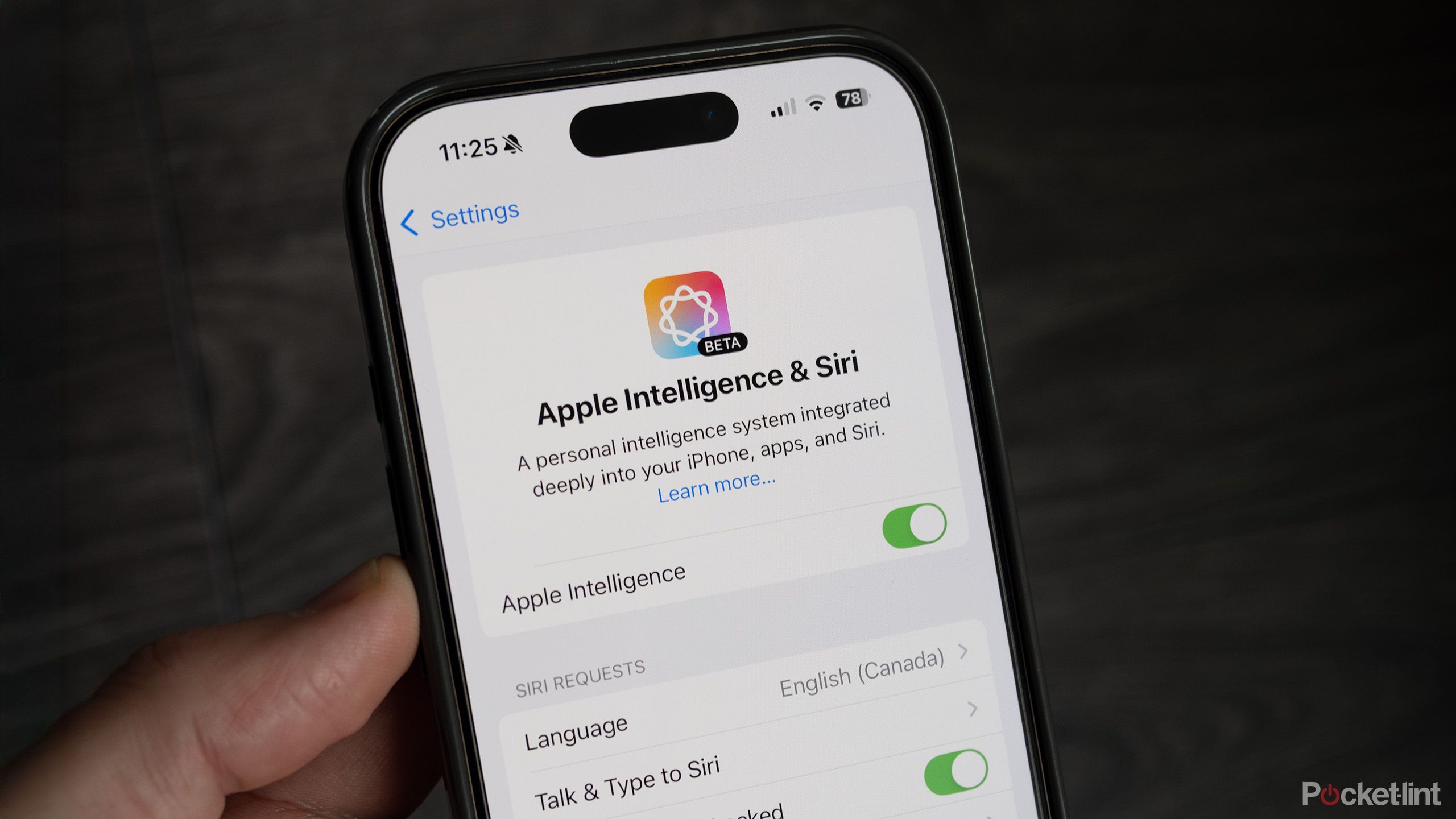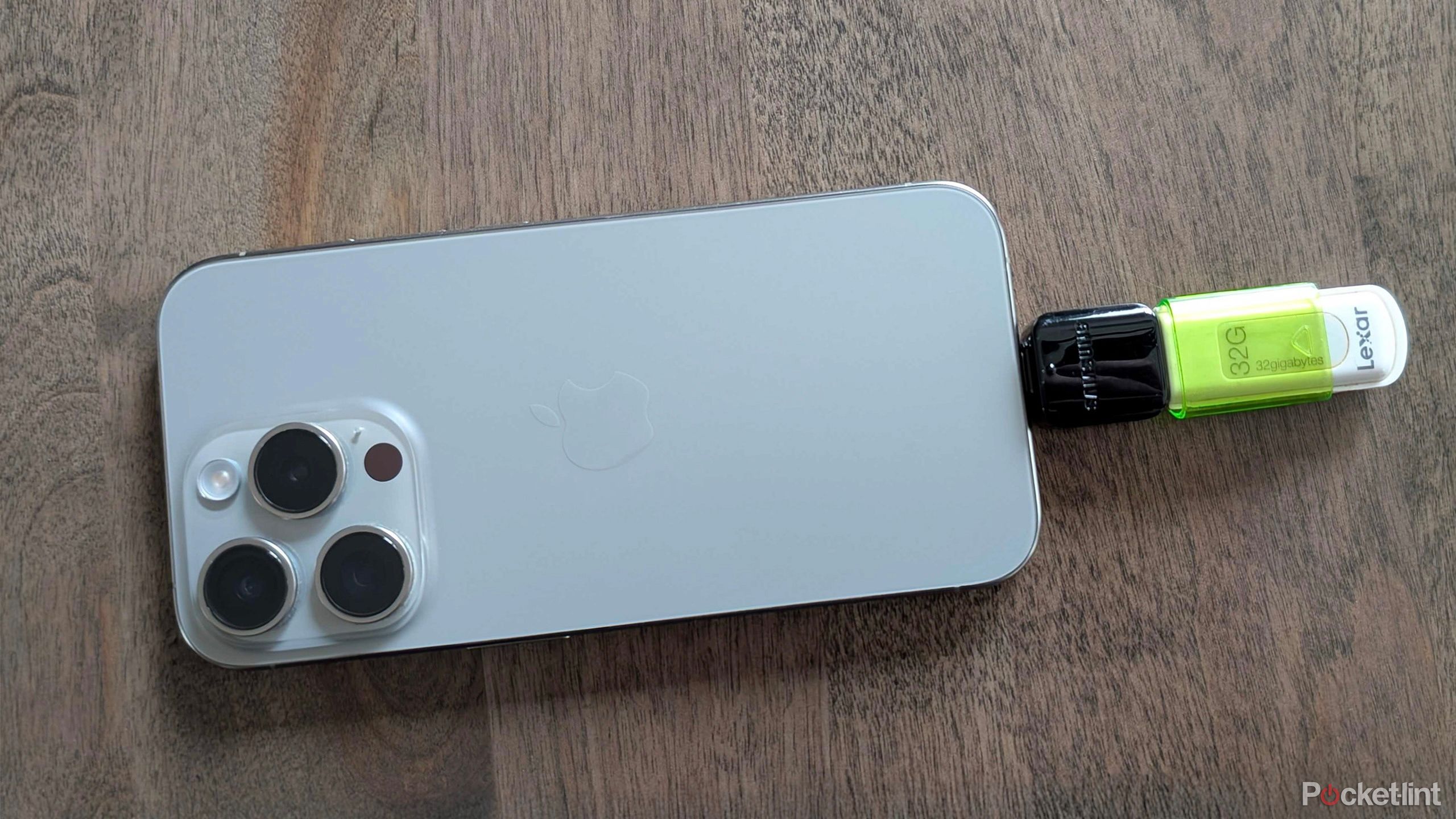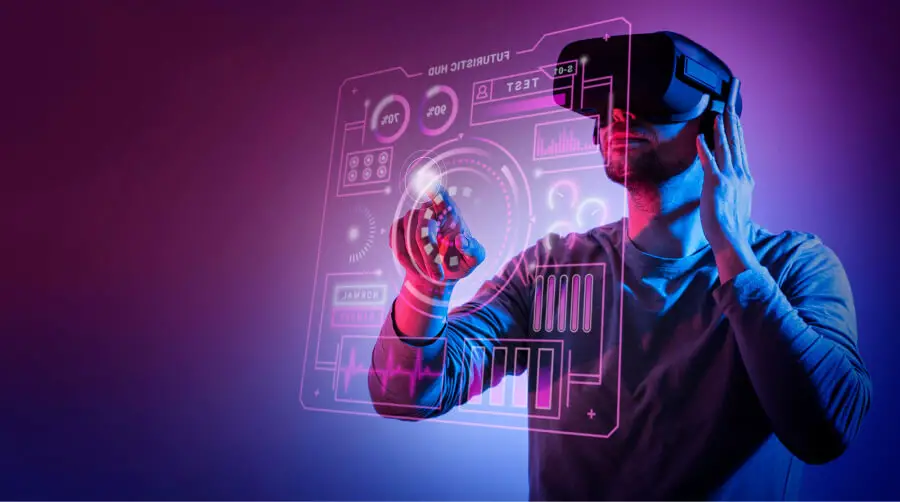Summary
- I almost bought an iPhone 16 Pro, but then I realized my iPhone 14 Pro still more than meets the mark.
- Its battery life is good still, and the 6.1-inch OLED display with ProMotion is still stunning even after two years of use.
- The A16 Bionic chip in the iPhone 14 Pro is still snappy. Its also lacks Apple Intelligence support, which can be seen as a benefit.
A few of my friends recently upgraded to the
iPhone 16 Pro
, and it got me thinking about picking one up, too. I had the iPhone 16 Pro sitting in my cart on Apple’s website and was very close to checking out until I stopped myself. Why? I still have an
iPhone 14 Pro
that looks great and runs like a charm. I was silly even to consider the iPhone 16 Pro in the first place.
Sure, the iPhone 16 Pro has an
Camera Control button
, and
USB-C
, all of which the iPhone 14 Pro doesn’t feature. But is all that really worth $1,000 for a new phone? Upon reflection, no, not really at all. I’ve been using my iPhone 14 Pro since it launched in 2022, and it’s undoubtedly the best phone I’ve ever had, and one I’m not ready to let go of. Here are five reasons the iPhone 14 Pro still holds up well in 2025, and why upgrading isn’t necessary.
Related
This iPhone accessory is the best $30 I’ve ever spent
A MagSafe PopGrip is the ultimate iPhone accessory — no, I’m not joking.
5
Battery life isn’t an issue
I can easily get through a day
I assess smartphone batteries using a straightforward test. If I can wake up at 7am, use my phone intermittently throughout the day, and still have battery life left at 10pm, then I’m a happy camper. My iPhone 14 Pro is nearly two years old and easily passes this test with flying colors. I would be annoyed if the battery couldn’t last all day, but that has never happened with my iPhone 14 Pro.
When I check my battery health, it shows that my iPhone 14 Pro has a maximum battery capacity of 87 percent, indicating that it has declined by 13 percent since I purchased it. While it’s disappointing to see it decrease that much, I’m honestly still impressed by how well it performs despite that. For reference, the iPhone 14 Pro features a 3,200mAh battery, which is smaller than the iPhone 16 Pro’s reported 3,582mAh battery. A failing battery is one of the top reasons I see people upgrade their phones, but luckily, that isn’t the case with my iPhone 14 Pro.
Additionally, unlike past iPhones I’ve owned, I have never encountered any issues with the Lightning port on this phone. With my iPhone 12 Pro, I needed to upgrade it mainly because the charging port was no longer connecting to cables properly, even after extensively cleaning it. My iPhone 14 Pro’s Lightning port still works perfectly, which has been a relief.
Related
Thin phones are in thanks to Samsung’s Galaxy S25 Edge
This week in tech was a busy one with the arrival of the Galaxy S25 Edge, new iPhone rumors, and (yet another) rebranding plan.
4
The display looks great
It has a stunning 6.1-inch OLED screen, with ProMotion support
Even after using the iPhone 14 Pro daily for two years, I’m consistently impressed by its display. I have the regular iPhone 14 Pro, not the Pro Max, so it features a 6.1-inch OLED Super Retina XDR display with a resolution of 2556 x 1179 pixels. For watching YouTube videos, movies, or TV shows, this display continues to impress, and the HDR looks stunning.
In contrast, the iPhone 16 Pro has a slightly larger 6.3-inch OLED Super Retina XDR display with a 2662 x 1206 pixel resolution. Even though it’s the latest iPhone, not much has changed display-wise, other than the increased size. I prefer smaller handsets, so the iPhone 14 Pro’s display wins over the 16 Pro in my books.
I’d be remiss if I didn’t also mention that the iPhone 14 Pro features ProMotion support, which provides a buttery smooth 120Hz adaptive refresh rate. The 16 Pro has the same refresh rate, so there are no gains to be made there either. Also, the iPhone 14 Pro has Dynamic Island, not a notch, so appearance-wise, there is hardly any difference from the latest iPhones.
Related
Apple might increase iPhone 17 prices without pointing to tariffs
Apple is reportedly considering raising the prices of the iPhone 17 lineup, but doesn’t want to blame tariffs.
3
Performance hits the mark
The A16 Bionic chip is still snappy
My iPhone 14 Pro has never stuttered or lagged during use, which is a testament to Apple’s remarkable software with iOS 18 (and previous versions) and its custom-built silicon. The iPhone 14 Pro features an A16 Bionic chipset. While it isn’t as powerful as the A17 Pro chip found in the iPhone 15 Pro or the A18 Pro in the iPhone 16 Pro, it handles basic tasks like browsing the web, checking my email, and doomscrolling social media with ease and still feels extremely snappy.
I’m not much of a mobile gamer, so I can’t really comment on the A16 Bionic’s gaming performance. If I played more mobile games, I might be tempted to upgrade solely for the faster chipset, but since I don’t, it’s not something I’ve ever considered. As a testament to the A16 Bionic chip’s power, Apple even incorporated it into the latest entry-level
11th-generation iPad
, so it remains in use to this day.
For reference, my iPhone 14 Pro scored a 2,674 single-core score and 6,828 multi-core score on Geekbench 6’s CPU Benchmark.
Related
4 of the best obscure iPhone features you’re not using
Apple doesn’t spend much time advertising some of its best quality-of-life improvements.
2
A camera that still impresses
Photos look sharp and detailed
The camera is one of the most talked-about features of any iPhone. In 2025, the iPhone 14 Pro’s camera continues to be an impressive contender. Throughout my extensive travels with this phone over the last two years, I remain continually impressed by the fantastic photos it has captured during my adventures. The iPhone 14 Pro boasts a f/1.8 48-megapixel main camera, a f/2.2 12-megapixel ultra-wide camera, and a f/2.8 12-megapixel telephoto lens offering 3x optical zoom, all of which still hold up excellently.
Whether I’m engaged in macrophotography, taking portraits, capturing stunning landscapes while on vacation, or photographing technology, the iPhone 14 Pro’s camera consistently exceeds my expectations. While the iPhone 16 Pro has appealing improvements, such as a new f/2.2 48-megapixel ultra-wide camera that captures more detail than the 14 Pro’s 12-megapixel ultra-wide, it’s not enough to convince me to switch over. However, the iPhone 17 Pro’s rumored
8K video capabilities
might change my mind.
Related
5 unexpected things I wish I knew before upgrading to the iPhone 16 Pro
I traded in my iPhone 12 Pro and walked into a tech identity crisis.
1
No Apple Intelligence
Not missing out on much
One of the major selling points that Apple highlights for the iPhone 16 series is Apple Intelligence, its array of AI features. The iPhone 14 Pro does not support Apple Intelligence, but honestly, in 2025, this is not a significant concern.
Currently, Apple Intelligence is underwhelming and lacks many of the features that Apple showcased at WWDC 2024, such as on-screen awareness and Siri’s cross-app functionality. Apple itself has acknowledged that it requires additional time to refine these features,
postponing their release
to “the coming year.” At this point, Apple Intelligence is not a substantial selling feature for the iPhone unless you’re particularly interested in AI writing tools, and even Apple has scaled back its marketing efforts due to these delays.
If, like me, you’re not invested in AI, the absence of Apple Intelligence in the iPhone 14 Pro can actually be seen as an advantage rather than a disadvantage. In a year or two, as Apple Intelligence evolves into a more practical tool, it might persuade individuals like me, who still use older iPhones, to upgrade. However, that time hasn’t arrived yet. I’ve never found myself thinking, “I wish I had Apple Intelligence right now.” Even if I owned an iPhone 16 Pro today, I would disable Apple Intelligence.
Related
This $8 adapter is all it takes to make a USB stick useful in the iPhone age
Have an old USB stick laying around? Here’s how to plug it into your iPhone, iPad or Android device.


